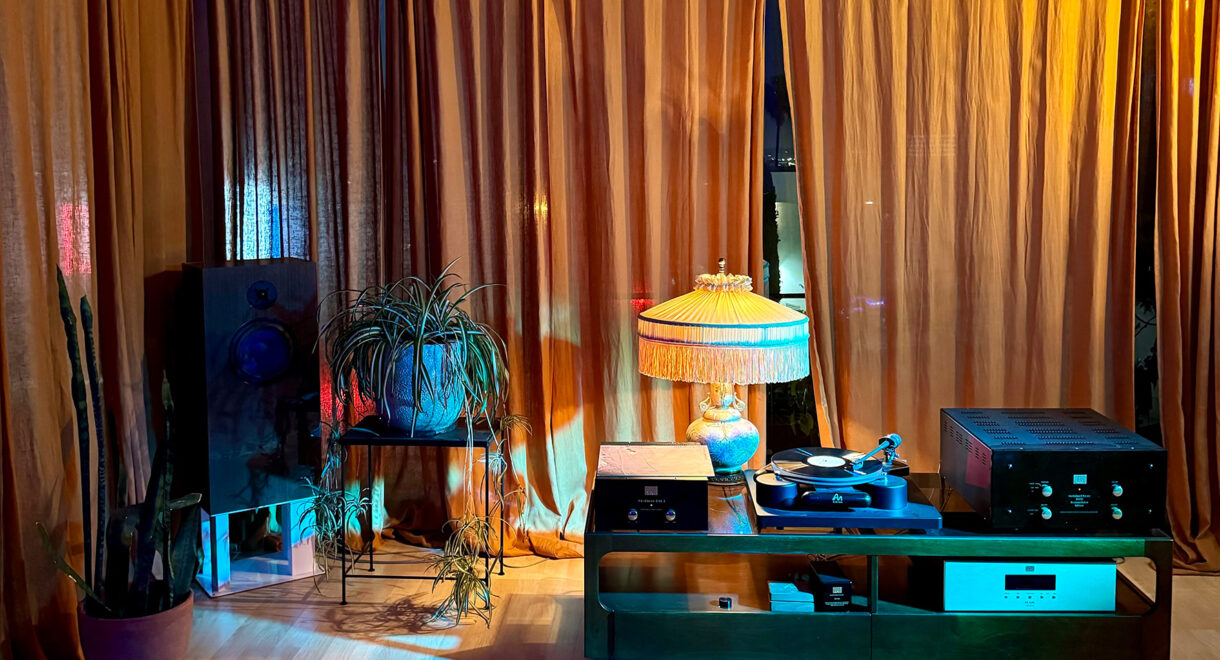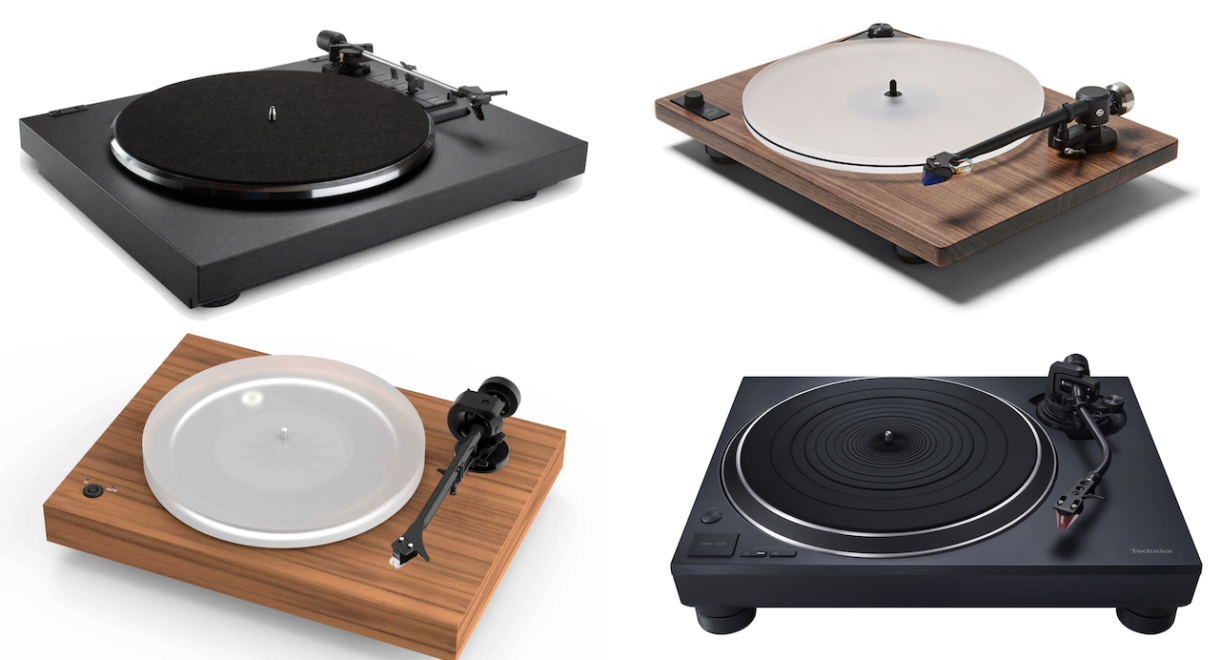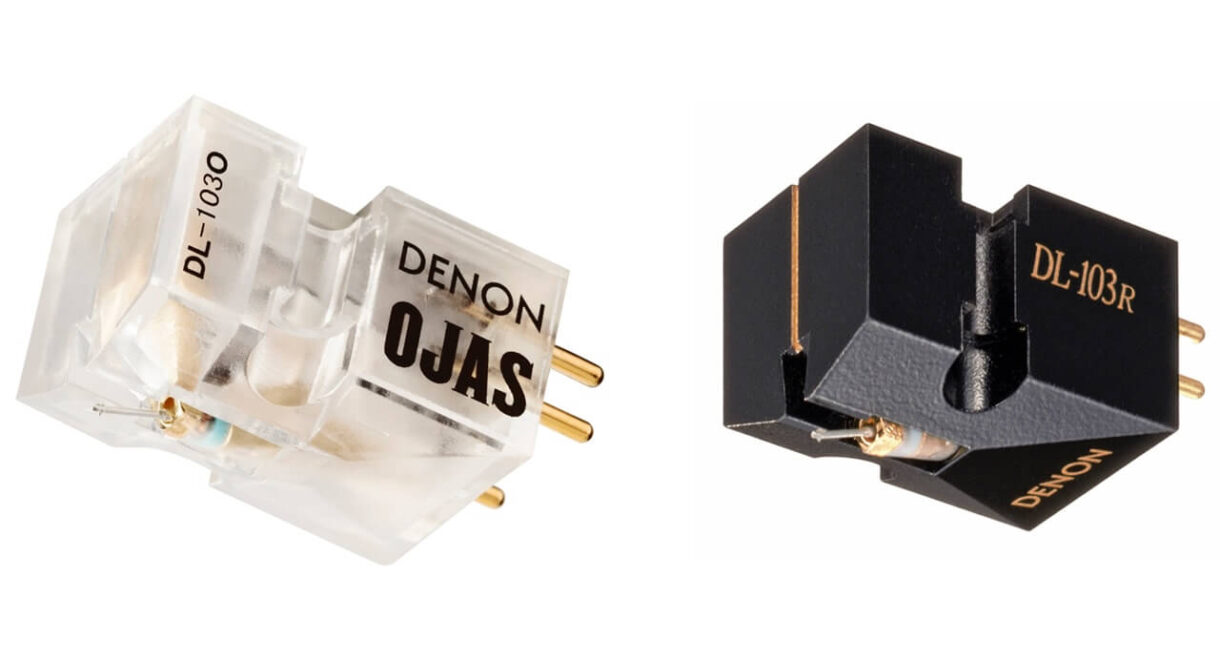Transparent clarity, deep bass, and “Invisible Sound” from German audio company ADS. Background: One of the lesser known hi-fi brands of the ’70s, ADS (Analog and Digital Systems) […]
Guide to Subwoofers: Setup Tips, Crossovers, and more

Ecoustics’ Robert Silva dives into the basics of subwoofers and what you need to know.
In order to experience great sound in a speaker setup, you need speaker drivers that provide clarity, depth, and the ability to provide a full range of audio frequencies. Tweeters are designed to handle high frequencies, the Midrange driver handles the frequencies associated with vocals, while a Woofer handles the low frequencies. This is referred to as a three-way speaker.
Many times, especially for compact speakers, the midrange and woofer are combined into a single speaker (aka a 2-way speaker). More on 2-way vs 3-way speakers.
What a Subwoofer Is

For movies and bass-heavy music, a woofer may not be able to reproduce all of the low frequencies. To provide more sonic impact (hearing and feeling), you need a subwoofer which is a specific type of speaker that handles only the lowest frequencies that other speakers can’t reproduce.
In what is considered a basic surround sound system (5.1 channels), there are five main speakers: Left, Center, Right, Left Surround, and Right Surround. In addition, a subwoofer is assigned to reproduce low frequencies (usually below 120Hz). The subwoofer is associated with the .1 channel.
Tip: The role of the subwoofer is the same regardless of how many channels and speakers are in the rest of your system.
Subwoofer Types
Passive
A passive subwoofer needs to be powered by an external amplifier. The external amplifier may be part of an amplifier that powers the rest of the speakers or more typically, an external subwoofer amplifier that is placed between a preamp or home theater receiver (via a subwoofer output) and the speaker terminals of a passive subwoofer.


Powered
Powered subwoofers incorporate both the subwoofer speaker driver and an amplifier inside the same enclosure. For the powered subwoofer to work, in addition to AC power, a line output (sub out or LFE out) from a home theater receiver needs to connect to the subwoofer.
A powered subwoofer takes excessive power load away from the amp/receiver so that the amp/receiver can power the other speakers in a system more efficiently, Most subwoofers used in home theater setups are powered.
In addition to how power and audio signals get to a subwoofer, there are other features that the subwoofer has that contribute to its bass role.

How Subwoofer Speaker Drivers Are Mounted
- A Front-firing subwoofer is one where the speaker driver is mounted so the bass sound emanates from the front of the subwoofer enclosure.
- A Down-firing subwoofer is one where the speaker driver is mounted facing down so that the sound emanates from out of the bottom of the subwoofer toward the floor.
- A Side-firing subwoofer is one where the speaker driver (or two drivers) are mounted on each side of the subwoofer so that the bass sound emanates from one or both sides.
Subwoofer Enclosure Options
Sealed Cabinet: Some subwoofer speaker drivers are enclosed in a sealed enclosure. This means that all of the air is pushed out directly from the speaker driver into the room.
Passive Radiator: Some subwoofer enclosures incorporate a passive radiator in addition to the speaker. This increases efficiency and preciseness. Passive radiators can either be speakers with the voice coil removed or a flat diaphragm.
Port: Some subwoofer enclosures offer an additional port. This forces out more air, as it is coming from both the speaker and the port. Some ports may be cylindrical while others might be slotted. This increases bass response in a more efficient manner than sealed enclosures, but may not be as precise. A ported design is referred to as bass reflex.

Crossover
A crossover is a circuit that sends frequencies below a specific point to the subwoofer and frequencies above that specific point to the other speakers in the system. 80Hz to 100Hz are commonly used points, but most subwoofers provide additional adjustable crossover points. In addition, most home theater receivers include bass management, which allows further control of what frequencies are sent to the subwoofer.

Sound Dispersion
Deep-bass frequencies (below 80Hz) are non-directional. This means that human ears have difficulty pinpointing the source location of bass frequencies. This means a subwoofer can be placed in a room where its bass response is best in relation to the size of a room, type of floor (carpet, wood, other), furniture placement, and wall surfaces.
Subwoofer Connection Options

Depending on the subwoofer, the following connection options may be provided.
- A Passive Subwoofer features high-level inputs (traditional speaker connections).
- Most Powered subwoofers feature low-level inputs (RCA or choice of RCA and XLR Balanced).
- Some Powered Subwoofers feature both low-level and high-level inputs.
- Some Powered subwoofers incorporate wireless connectivity in combination with, or in place of low-level inputs.
Tip: Most powered subwoofers with wired-only connectivity can also be made wireless via an adapter kit that includes a transmitter that plugs into a subwoofer output of a home theater receiver and a receiver that plugs into the subwoofer inputs.

Basic Subwoofer Setup Tips
The most common spot to place a subwoofer is in front of a room, to the left or right main speakers. However, they can also be placed along a wall or in the back of the room. The key is to place it where it sounds best. You want to minimize the “boomy” base as much as possible. The bass should be deep and tight.

Use crossover settings to get the best balance between what the subwoofer reproduces in relation to the speakers in the rest of the system. Most subwoofers provide crossover settings. In addition, most home theater or AV receivers provide crossover (aka bass management) settings that can further tweak what frequencies are sent to both the main speakers and subwoofer. Read your home theater receiver’s user guide for specific details, but here are some possible options:
If you set the main speakers to “large” and have a subwoofer, low frequencies (LFE and non-LFE) will be sent to both the main speakers and subwoofer.
Tip: Depending on the receiver, when set to large the low frequencies may be sent to the front left/right speakers and subwoofer but not to the center or surround speakers.
If you set the main speakers to “small” all low frequencies, whether they contain a dedicated LFE signal or not will be sent to the subwoofer.
If your receiver has an LFE+Main setting option all low frequencies will be sent to the Subwoofer (LFE and non-LFE) whether the speaker channels are set to “large” or “small”.
For details on LFE, read our companion article: WTF is LFE?
Subwoofers and Stereo
In addition to home theater and surround sound, subwoofers can also be used in a stereo system for music listening. When a subwoofer is added to a stereo setup, it is referred to as a 2.1-channel setup.

This can be done in two ways:
1. Some stereo receivers have subwoofer outputs. This means you can connect a powered subwoofer to your system using a single audio cable.
2. If you have a powered subwoofer that has standard speaker input/output terminals in addition to a subwoofer input, you can connect the left and right channel speaker outputs of your stereo receiver to the subwoofer and route the speaker output connections to your left and right channel speakers.
This creates a little more wire clutter, but the benefit is that you get an extra bass boost from the subwoofer, which comes in handy if you are using compact-size left and right-channel speakers.
In this type of setup, you would use the crossover controls on the subwoofer to determine the point where audio frequencies are reproduced by the subwoofer and which frequencies are sent further to the left and right channel speakers.
Subwoofers and Soundbars
Most soundbars come packaged with a subwoofer, which typically connects to the soundbar wirelessly via bluetooth or Wi-Fi. In this type of setup, the soundbar has a pre-determined crossover point that determines which frequencies are reproduced by the soundbar and which are assigned to the subwoofer.

This article originally appeared at ecoustics.com and has been published here with permission.
In Sheep’s Clothing is powered by its patrons. Become a supporter today and get access to exclusive playlists, events, merch, and vinyl via our Patreon page. Thank you for your continued support.










